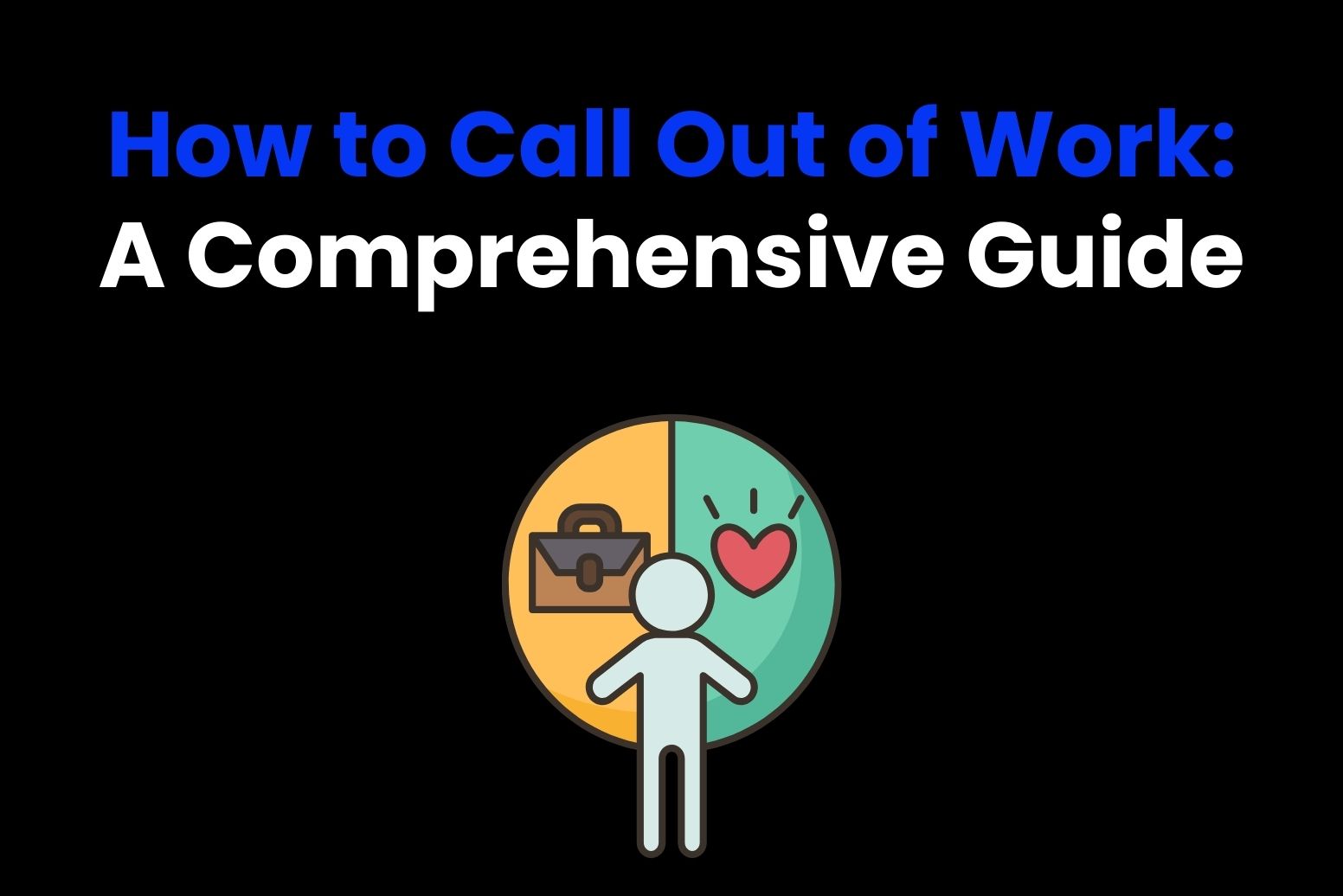Let’s face it; English grammar can be super hard sometimes, and one of those things that can trip up users is how to use whom.
And keep in mind that this is one of those terms that sounds way too formal but leaves us second-guessing if we’re using it right. So, if you’ve ever paused mid-sentence asking yourself “is it whom or who?” Well… you’re not the only one!
That’s why, this guide is here to make things easy. And by the time you finish reading, you’ll have practical tips and examples that will take the guesswork out of using “whom”.
And it doesn’t really matter if you’re creating a business email, writing an essay, or simply wanting to impress with polished grammar, here are the tricks that will make sure you get it right every time. Ready to feel far more confident in your writing? Read on!

What does whom mean?
“Whom” is a pronoun to refer to the person who, in a sentence, receives an action.
Therefore, is essentially the object of the verb or preposition, thus acting as an instrument in structuring sentences clearly and precisely. Though it does sound a little formal, and even antique to some, “whom” still has its place. And that’s especially true in writing or professional contexts.
You’ll often see “whom” in sentences or questions where the focus is on the person being affected or acted upon.
For example, “whom” especially helps to specify the role he or she plays in the sentence, leaving no ambiguity, especially in more formal contexts. Though not the thing you may often hear in everyday conversation, it is rather not irrelevant either. Its use often signals that level of attention to detail and grammatical correctness which can raise your entire communication up a notch.
While its formal air, “whom” is a quite practical part of the language. So, no matter if you read it in some formal document or use it yourself in writing, since its function is straightforward: to show who is receiving the action.
Even if you are not using it every day, knowing what it really means and implies will give you that polish when talking in situations where it would apply.
Remember that it’s like one of these little details, small yet sometimes substantial in effective, clear communication.
What’s the difference between whom and who?
“Whom” and “who” are two words even confident English speakers stumble with. Of course, they sound similar, and most often, in everyday colloquial speech, these words are originally used synonymously.
But they have very different functions in a sentence. Like, have you ever gotten halfway through saying a sentence and not be so sure which one to use?
Well, let’s make it more understandable.
In short, an easy look at this might be: “who” is the subject of the sentence, “whom” is the object.
That is to say, “who” describes the person performing the action; “whom” shows to whom it is given.
For example:
- Who is coming to the party? – Here, “who” is performing the action of coming.
- Whom did you invite to the party? – Whom is the one invited in this case.
Still not sure?
Well, here’s a magic trick to get it through: replace it with “he/she” or “him/her.” If “he” or “she” seems appropriate, “who” is appropriate. If “him” or “her” is a better choice, so does “whom.”
Let’s try it:
- He is coming to the party. – Who is coming to the party?
- You did invite him. – Whom did you invite?
Keep in mind that “whom” is less common in everyday situations and it can often feel more formal. That might be the reason why you hardly ever hear it in casual conversation; it even sounds a little snobby at times. In writing or in a formal setting, though, the proper use of “whom” makes for stellar grammar and leaves an impression of polish.
The differentiation between the words “who” and “whom” is actually about understanding their role in the sentence.

How to use whom in questions
The word “whom” in questions is supposed to apply in asking about a person who is some kind of recipient of an action. Therefore, it would be an object of either a verb or preposition of the sentence, so it’s not the subject carrying out the action.
Now, to make it more understandable: if you are asking about the person who is receiving an action in a sentence, you will always use “whom.”
For example, in a more formal situation, instead of saying “Who did you meet?”, you would say, “Whom did you meet?” Actually, the difference isn’t that big, but “whom” signals that the human you’re talking about is the direct object receiving or affected by any action.
You’ll often hear “whom” in more formal or exact speech, mainly in professional or academic contexts. Though it does sound a bit stiff in casual, everyday conversation, it gives questions clarity and formality that is so necessary in writing.
Additionally, you can also use “whom” after prepositions in questions, such as “To whom did you speak?” or “For whom is this gift?”
Here, “whom” follows a preposition and refers to the person to whom the action or situation happens.
So, in forming questions, just remember that “whom” helps point to the object of the action. It’s a small detail that can make your language more precise and cleaner, even if it’s not as common in everyday speech.
How to use whom in sentences
You know how to use it in questions… but what about sentences? Because knowing how to use whom in this context, can really up your grammar game.
Here, the general rule that should be kept in mind is that “whom” is the object of either a verb or a preposition.
Less technically, it is used with a person that an action happens to. To illustrate this, go for “Whom did you call?”, instead of “Who did you call?”.
In this sentence, you can see that “whom” denotes the other person (the one that was called), and not the caller himself.
Another important point is when you’re using the word “whom” after a preposition. So, in such cases, it would be the word that comes before “whom” that shows the connection between the action and the recipient.
Which are those words? Well, mainly “to,” “for,” “with,” etc.
For example, “Whom are you talking to?” or “For whom is this present?” In either case, “whom” shows the person who experiences the action.

Remember when to use whom (and when not to)
Understanding when to use “whom” can be somehow hard. It’s a word many people tend to overlook or mix up. And even if we explained how to use whom, you might still get confused, especially for when not to use it.
But, don’t worry because there’s one rule (a super easy one, actually), that will help you decide when to use “whom” or just stick with “who”.
So, the main thing to remember here is that “whom” is just necessary in situations where the person you’re talking about is the object of a verb or preposition.
That is where it can get just a little bit tricky, because conversationally, most of us would use “who” whether it was an object or subject. But in formal writing and speech, adherence to proper usage really gives language that extra something and a polished feel.
Now, let’s see some examples of these wrong doings and how to use whom correctly instead:
Common mistakes in using whom
While using “whom” correctly might seem straightforward, many people make simple mistakes. And in reality, one of these common errors is overusing it when “who” would be the better choice.
Keep in mind this: “who” is for the subject of a sentence. So, it would be something like this:
- Incorrect: Whom is coming to dinner tonight?
- Correct: Who is coming to dinner tonight?
Now, if we point another common mistake, we can mention when people forget to use “whom” when a preposition is involved. Sometimes, we can get lazy with our grammar and let “who” slip in, even when you have to use “whom”.
For example:
- Incorrect: Who are you talking to?
- Correct: Whom are you talking to?
While the distinction might seem minor, getting it right can make your writing sound more professional and precise.
Examples of how to use whom in everyday language
While “whom” may be a word that sounds formal or academic, it does have its place in everyday speech. In truth, using “whom” correctly helps you maintain clarity and precision, especially when you want to sound more polished or professional.
Knowing how and when to use it will enrich your communication and make your sentences grammatically well-phrased.
Here are some examples:
After prepositions
One of the easiest ways “whom” might be used is after a preposition. Prepositions, such as:
- To
- With
- For
- About
Are commonly followed by “whom” in order to describe for whom the action is being performed.
This helps make your sentences clearer and can add a touch of elegance to your writing, especially in more formal contexts.
- “She’s the one whom I gave that report to earlier today”.
In these sentences, “whom” is used to define who someone is, which makes the sentence grammatically correct and clearer.
In formal writing
“Whom” can also be quite handy in formal writing, like business emails, academic papers, or professional reports.
It conveys a sense of formality and helps your writing conform to proper grammar. Even though it’s not used that often in casual speech, it does remain valuable in situations where you want your communication to appear polished and precise.
- “The proposal, by the experts whom we consulted, has now been approved”.
Here, “whom” helps identify the people who are involved in the action; thus, the sentences are clear and refined. In formal writing, “whom” is used when the person is the object of the action, for the sentence to sound natural and authoritative.
Both in professional and academic contexts
Especially useful in a professional and academic setup, “whom” has to make sure that one is always certain to sustain the formality of tone.
Be it the composition of an e-mail, preparing some report, or even the writing out of a research paper, the knowledge of the placement of “whom” will surely give professionalism to such communication.
- “This is the scientist whom I admire for his state-of-the-art works that he will attend the conference.”.
Whom, in these examples, makes emphases on persons in the action that is being executed; it adds clarity and respect, both. The reason “whom” is very much applicable in academic writing is because one needs to avoid ambiguity and instead keeps the focus on the person receiving the action.
Mastering whom made easy – Arvin AI can help clear things up!
Good grammar is key to clear communication, and mastering ‘whom’ is a big part of it. Arvin AI makes improving your writing effortless.
This GPT-4-powered Chrome extension helps you generate text, strengthen arguments, translate content, and add visuals—ensuring your grammar is always spot-on. With Arvin AI, crafting a polished essay is easy and seamless.
FAQ – How to use whom?
Is it always necessary to use “whom” instead of “who”?
No, not always. In reality, sometimes you can just stick using “who”. That’s because people do that in casual conversations. But honestly, if you prefer to keep things grammatically accurate, you can use “whom”.
Is it wrong to use “whom” if I’m not sure?
You have doubts about using “whom” because you don’t really manage it well. If that’s your case, that’s not a problem because you always have the option of using “who” in casual talk. Not that big of a deal, trust us.
In reality, most people know what you mean in a casual context, even if you don’t pick “whom”. However, to sound more polished or formal, it is good to use “whom” where you can confidently identify which one is correct.
Can you use “whom” in both spoken and written English?
Of course! Actually, you can use “whom” in both, although it’s more typical in writing, specifically in formal or academically oriented contexts.
While in everyday, colloquial speech, people mostly use “who”, in professional writing or speeches, you should definitely use “whom”.






